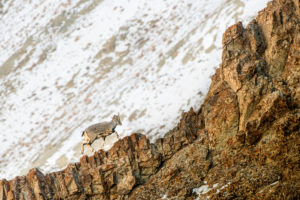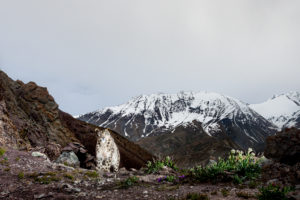Module 10: Conservation Communication
An on-line resource for practitioners

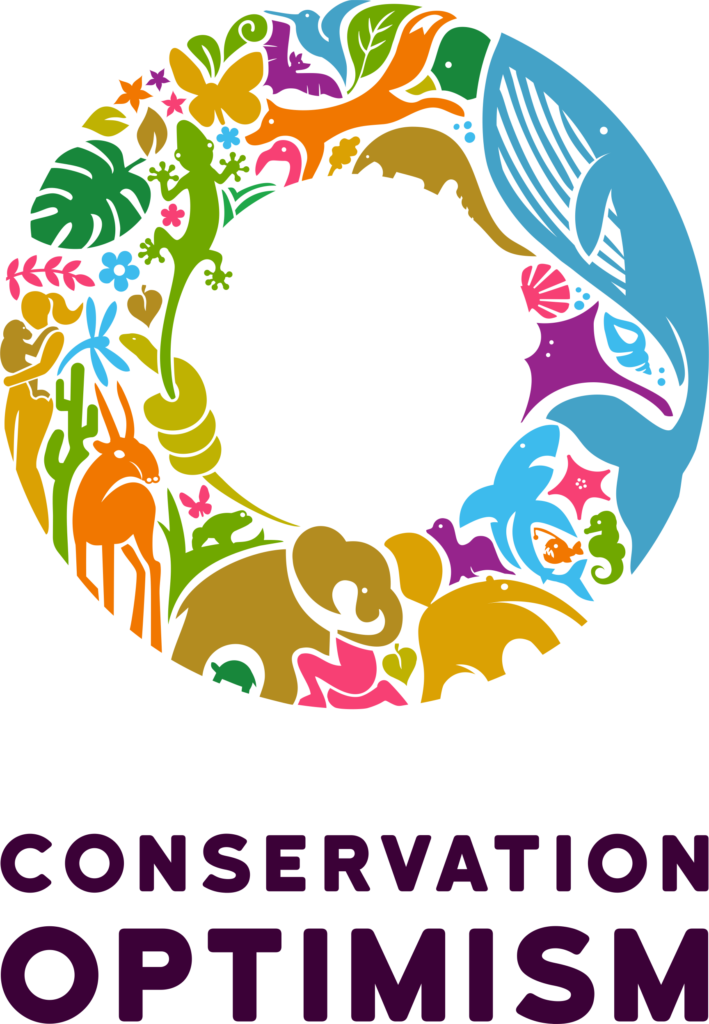
The Snow Leopard Network (SLN) and Global Snow Leopard and Ecosystem Protection Program (GSLEP) are pleased to launch a Snow Leopard Conservation Communication Module. This module seeks to bring together resource persons from around the snow leopard range and wider world, to discuss approaches for communications regarding the conservation of snow leopards. The focus in this instance will be on effective communications with decision makers, journalists, donors and the general public.
About this module
Communications may mean different things to different people. In the introductory session, we will to start by encouraging you to ask yourself some of the fundamental questions about communication: What are you trying to achieve, who are you trying to reach and why, and what you would like your audience to do as a result of your attempt at communicating.
We will then share knowledge and stimulate conversations about various communications strategies and techniques; i.e.,discuss how to identify and reach your target audiences and how to maximise the communications channels that are available to you; raise questions about ethics and talk about messaging and storytelling.
Some of the questions we hope to discuss during the module include: how can we use communications to inspire action? How do we use images effectively and ethically? How do we ensure that the language we use is inclusive and empowering? How do we shift narratives about conservation from problems to solutions, (and why is this shift important)? How do we report back to donors and funding partners in a way that inspires them to continue their support? We are also keen to make this module as useful as possible – so please share your priorities when you sign up for the module and we will try to accommodate them to the best of our abilities.
This Module is aimed at practitioners working in the field of communicating conservation. We hope that the sessions will be interactive and draw upon participants’ experiences and ideas. It will also help shape future thinking and practice around communication for conservation. The Snow Leopard Network is partnering with GSLEP to offer this module and hopes to use the outcomes as a foundation for future initiatives.
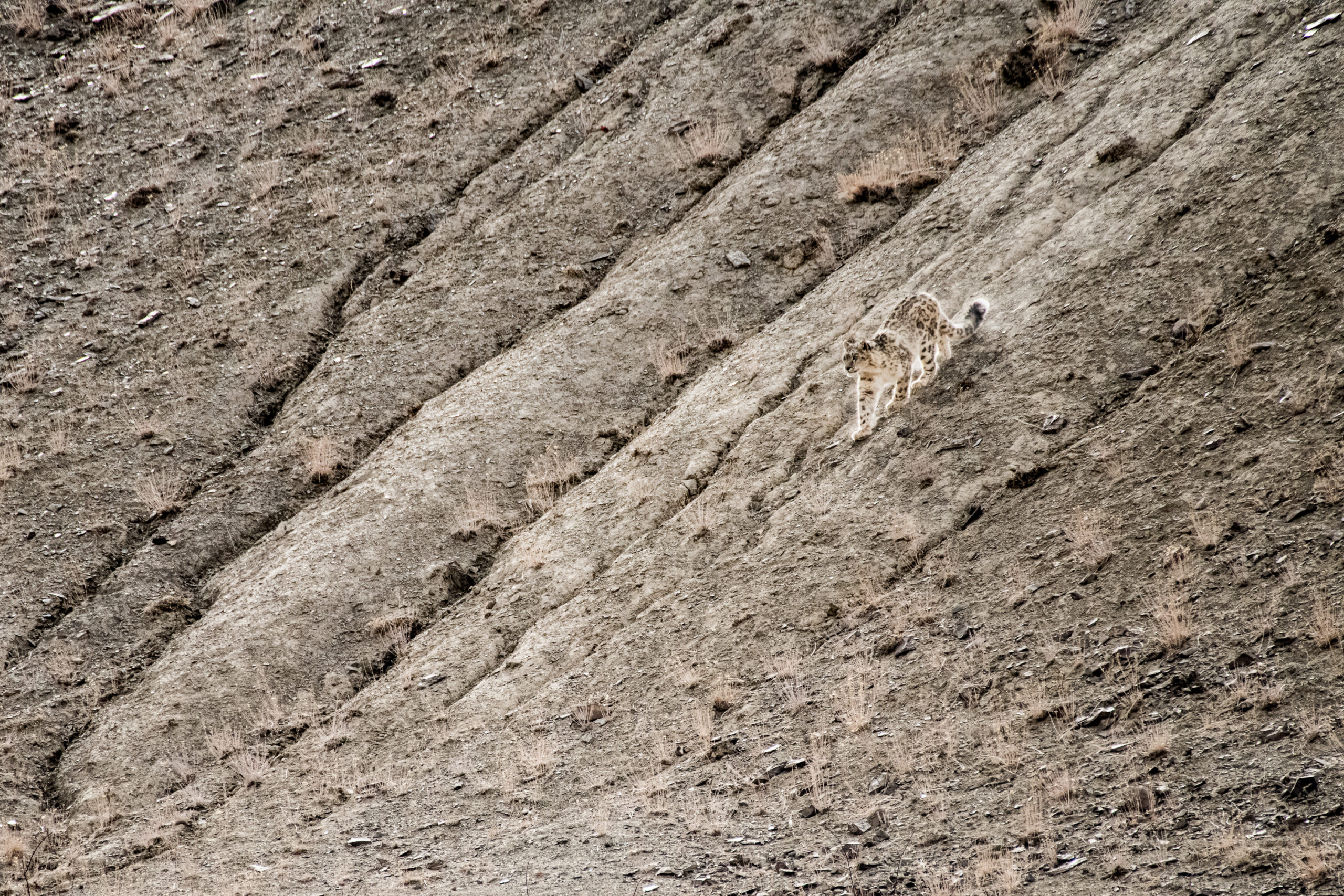
Lets get started
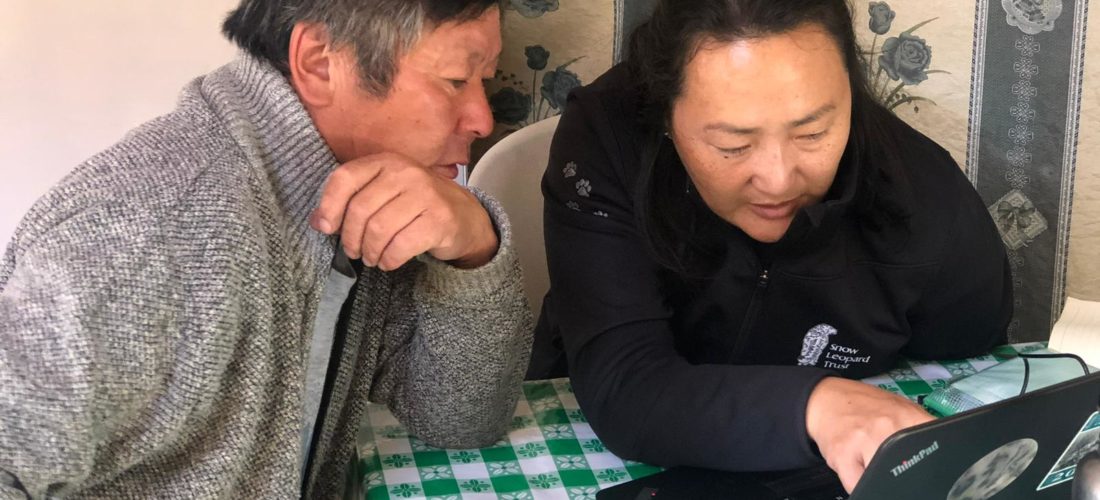
Session 1: Introduction to Communications – what, why, how, to whom?
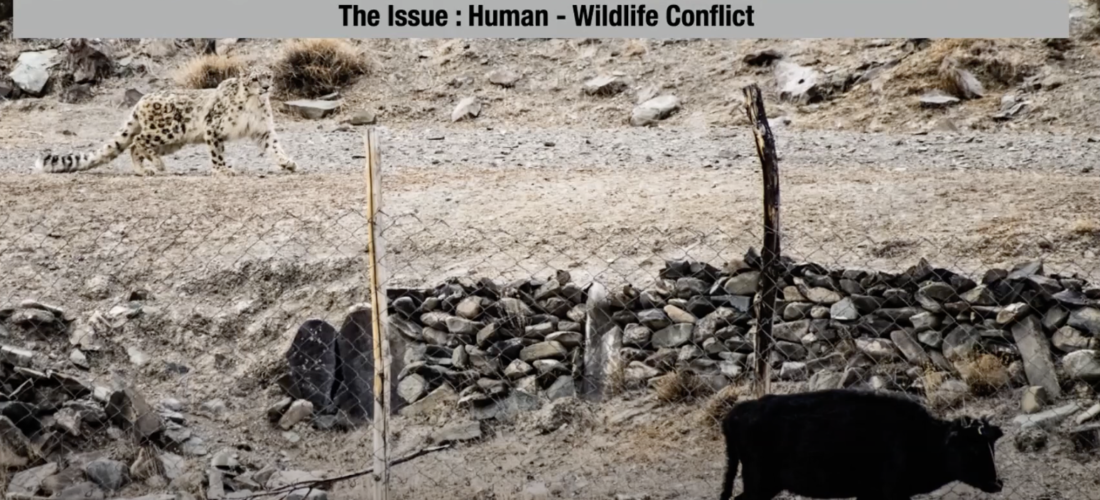
Session 2: The Photographic Image, Ethics & Storytelling

Session 3: Communications & Advocacy
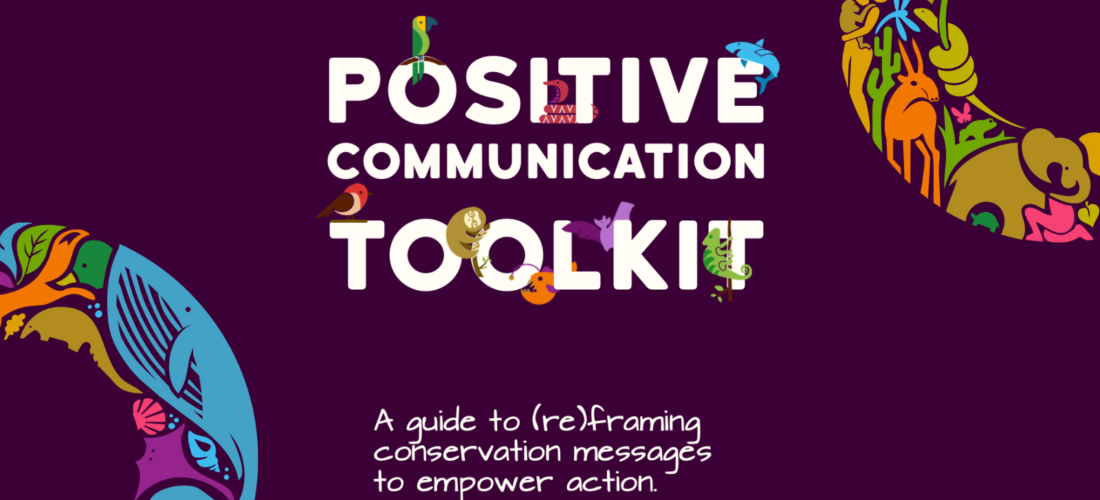
Session 4: Conservation Optimism
Meet the Resource Team
Behzad Larry is the CEO of Voygr Expeditions and a founding member of the High Asia Habitat Fund. An avid explorer, Behzad specializes in documenting the remote reaches of the world. He is a Fellow of the Royal Geographical Society (with the Institute of British Geographers) and a Fellow of the Royal Asiatic Society.
Dr. Bermet Tursunkulova is the Director of Development and Associate Professor in Political Science at the American University in Bishkek, Kyrgyz Republic. She is also a part-time PR and Fundraising Consultant for SLT/SLKF. She holds a PhD in Political Science, she is a former Advisor to the Prime-Minister of the Kyrgyz Republic.
Joanna Van Gruisen has lived in the subcontinent since the late 1970s. A wildlife documentary filmmaker and early pioneer of wildlife photography in India, she spent many years in J&K and Ladakh as photographer and as assistant organiser of Earthwatch volunteer tourism groups. As a wildlife photographer and writer on environment issues she has been at the heart of conservation in India for several decades. She now co-owns and runs a small eco lodge in central India and is a founder member of a trust, Baavan – bagh aap aur van, that is developing a conservation tourism project with the community in a remote area beyond the boundary of the Panna Tiger Reserve.
Julia Migne is the Director of Conservation Optimism, a global community dedicated to sharing stories and resources to empower people from all backgrounds to make a positive impact for wildlife and nature. She specialises in science communication and outreach and loves sharing conservation success stories. Julia is also the co-founder of the international media platformINKLINE.
Dr. Koustubh Sharma is the International Coordinator of the Global Snow Leopard and Ecosystem Protection Program and a Senior Regional Ecologist with the Snow Leopard Trust. He holds a PhD in Wildlife Zoology from Mumbai University, and a Masters degree in Physics. He is particularly passionate about communicating science and conservation with the public.
Matthias Fiechter is a Media & Communications Officer at the International Union for Conservation of Nature (IUCN), where he works primarily with news and science journalists to get nature conservation stories covered in the press. Before, Matt worked for 7 years as the Communications Manager at Snow Leopard Trust, where he produced communications content for audiences including donors, supporters and partners.
Munib Khanyari is currently a PhD Candidate at the University of Bristol and Oxford University in the UK. He studies factors that affect ungulate populations, and is particularly interested in understanding how to align people’s socio-economic needs with that of wildlife conservation. Through Conservation Optimism’s India hub, Munib sees an opportunity to engage with like-minded individuals across India and find synergies to do good for nature and society!
This module will be supported by SLN and GSLEP’s Justine Shanti Alexander, Ranjini Murali and Rakhee Karumbaya.
Congratulations for completing this on-line module!
If you have any further questions please do get in touch

